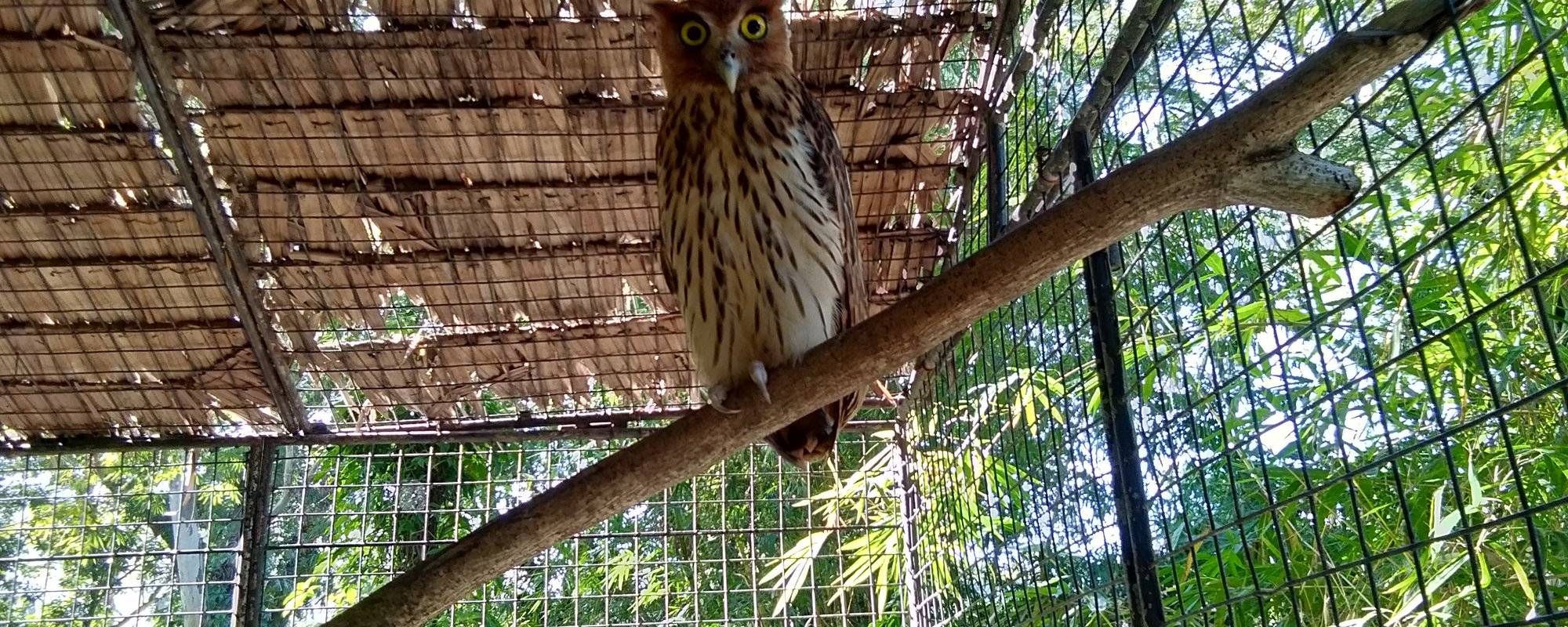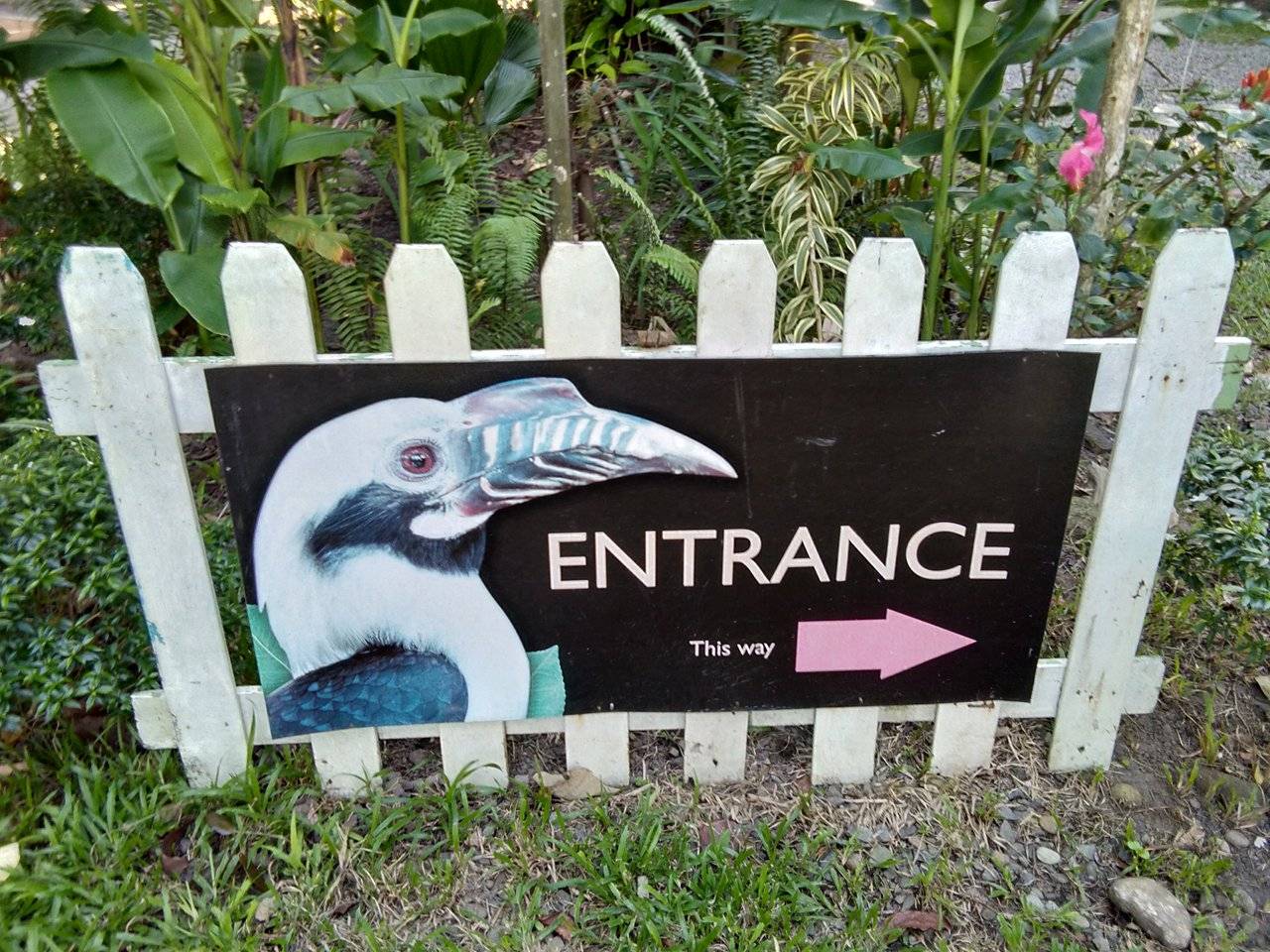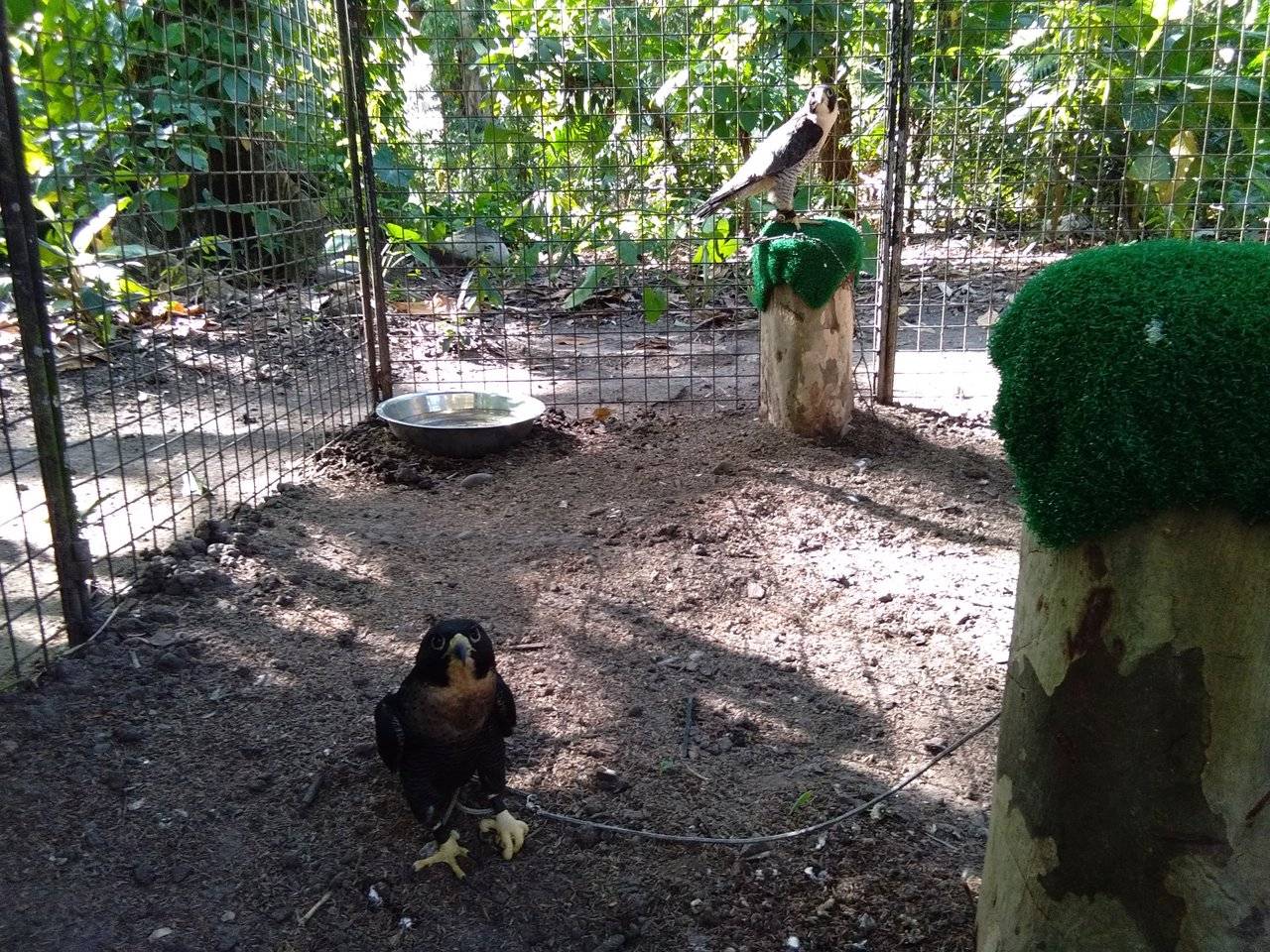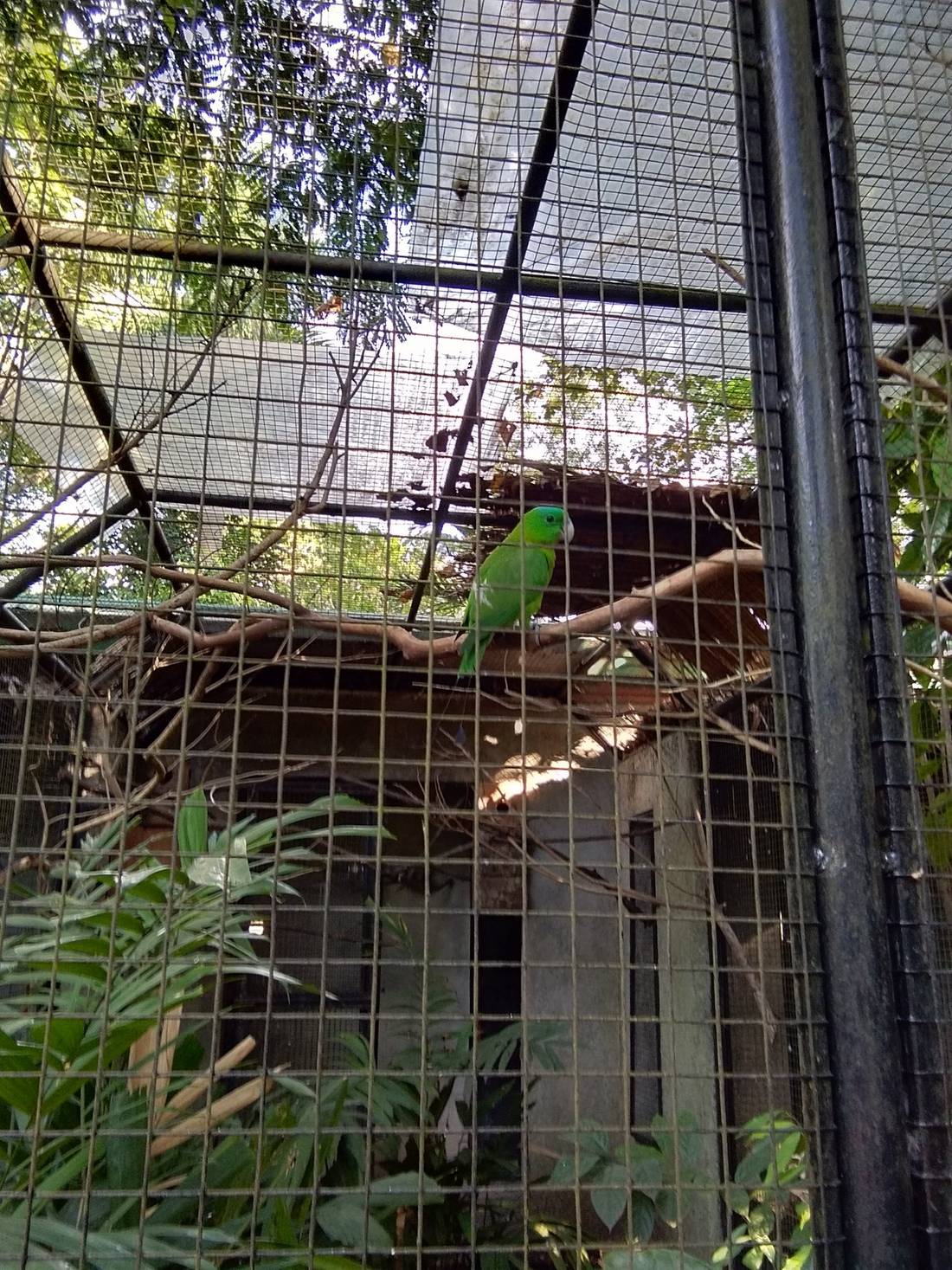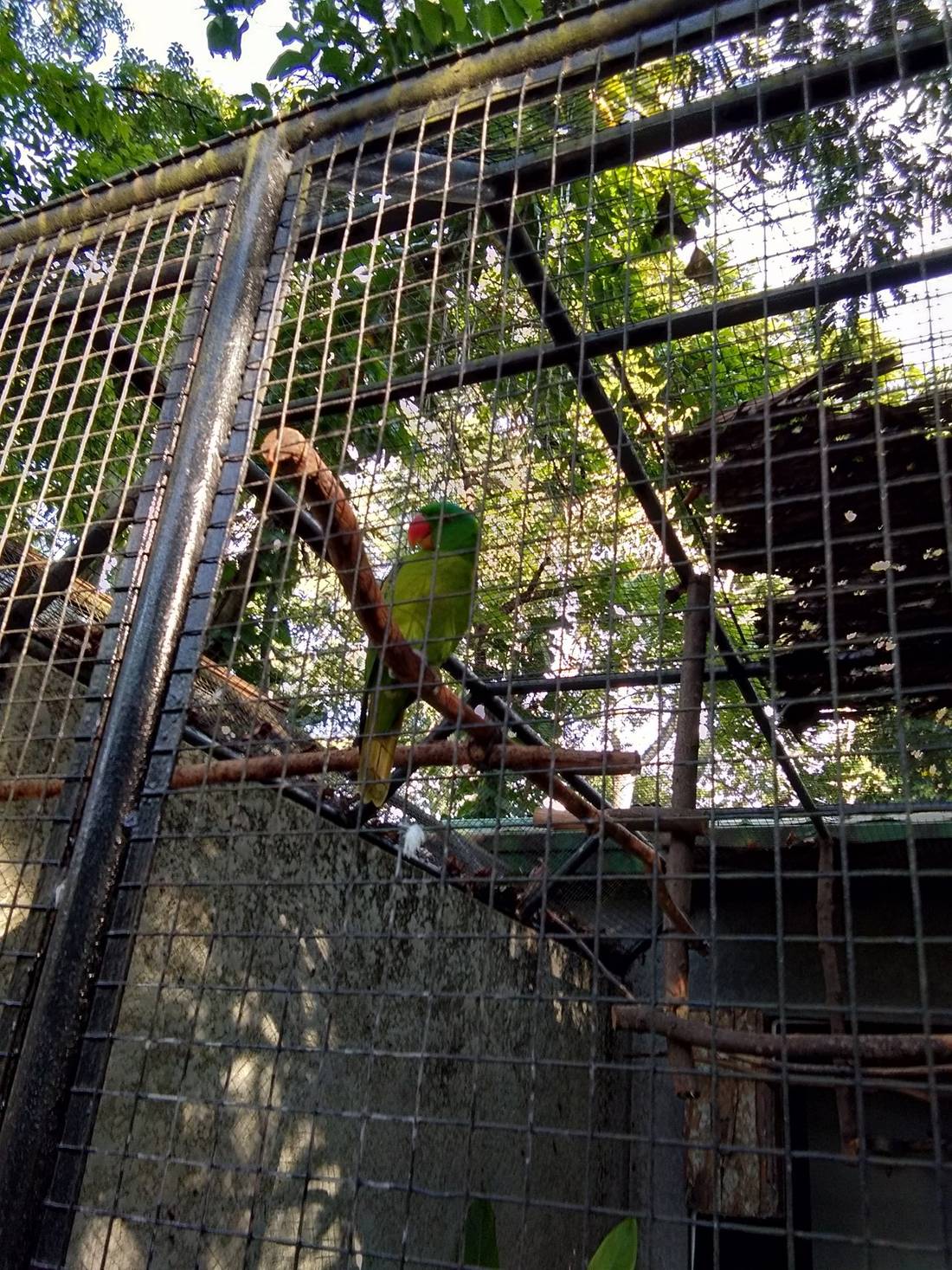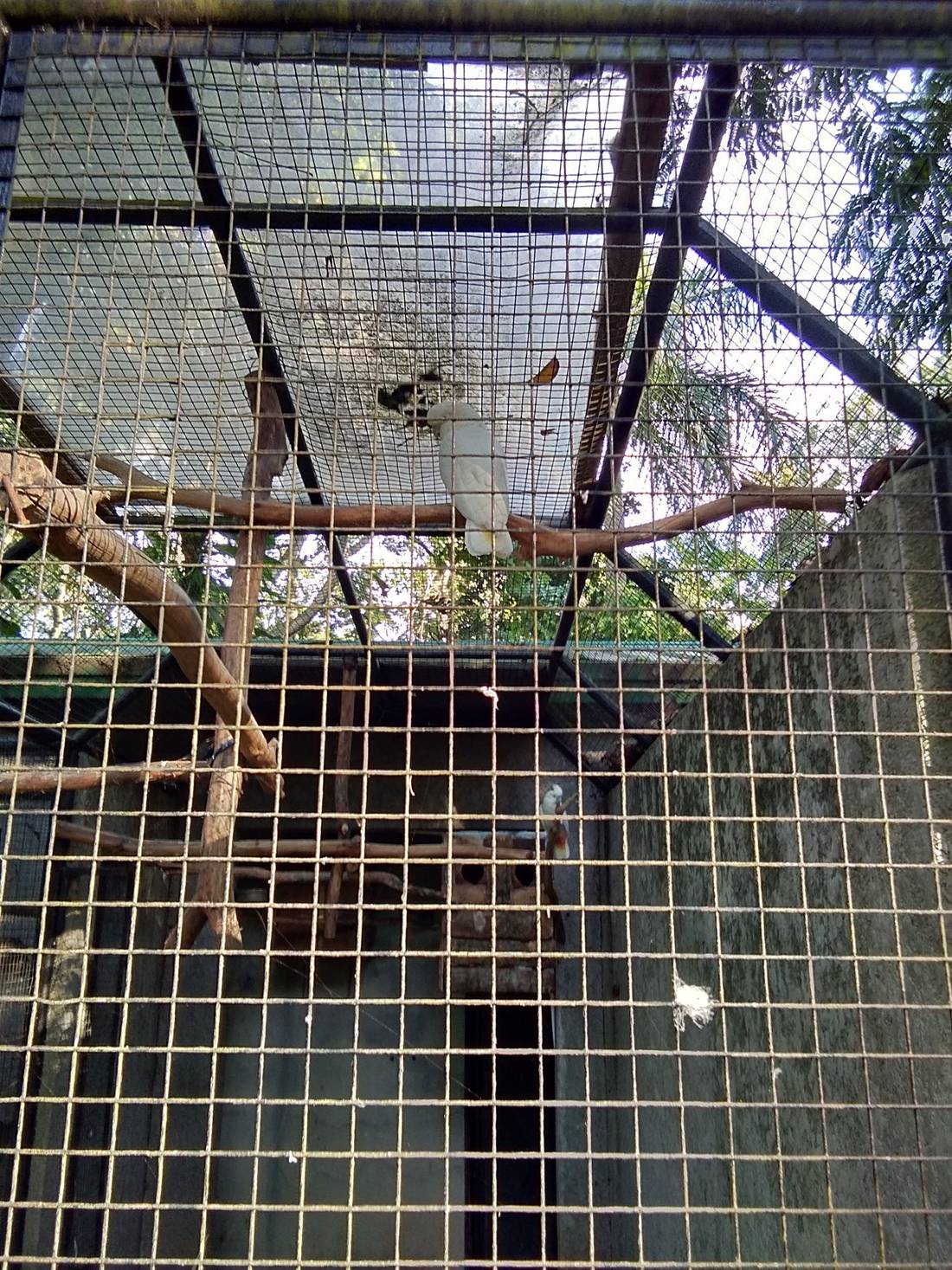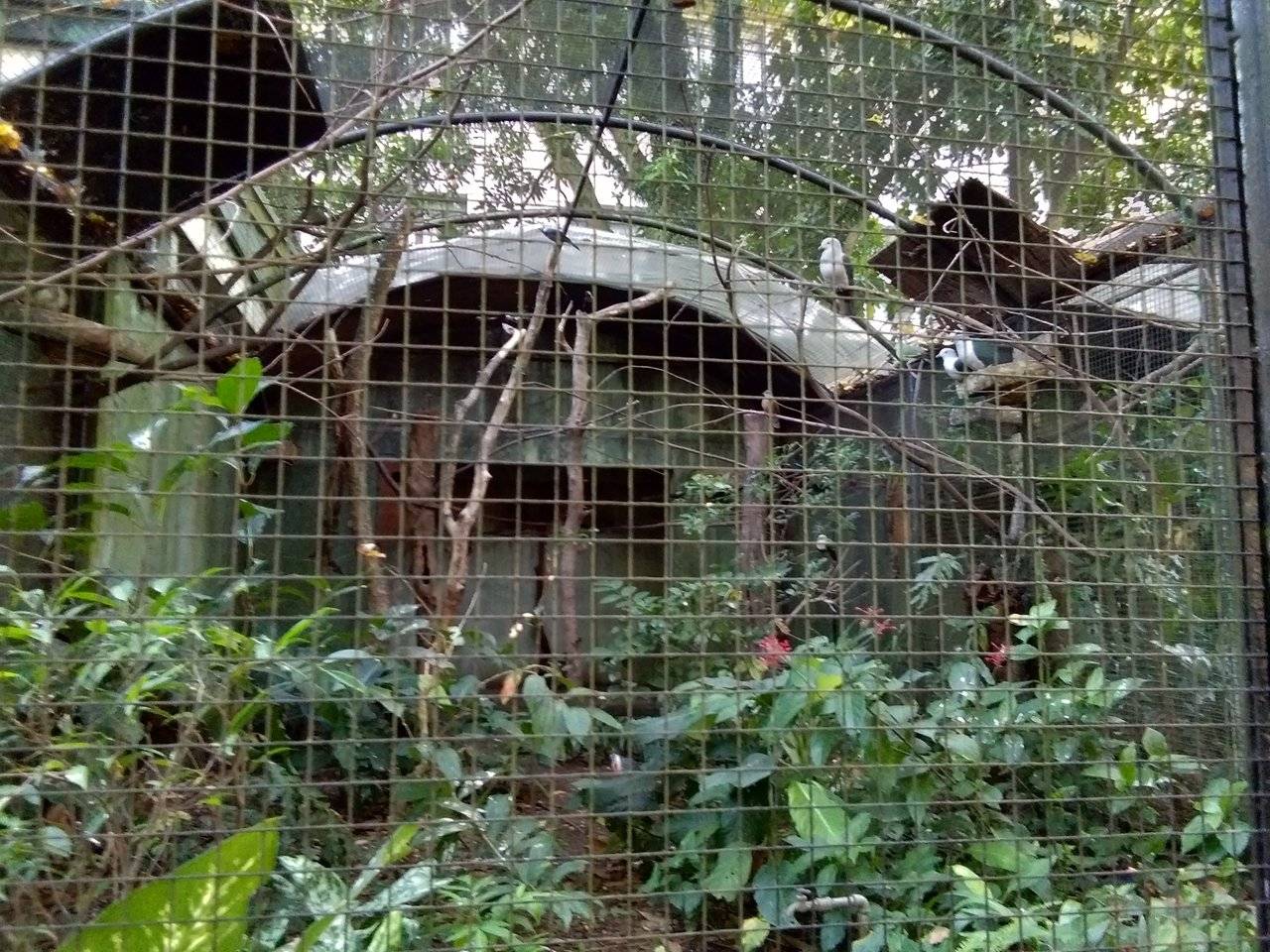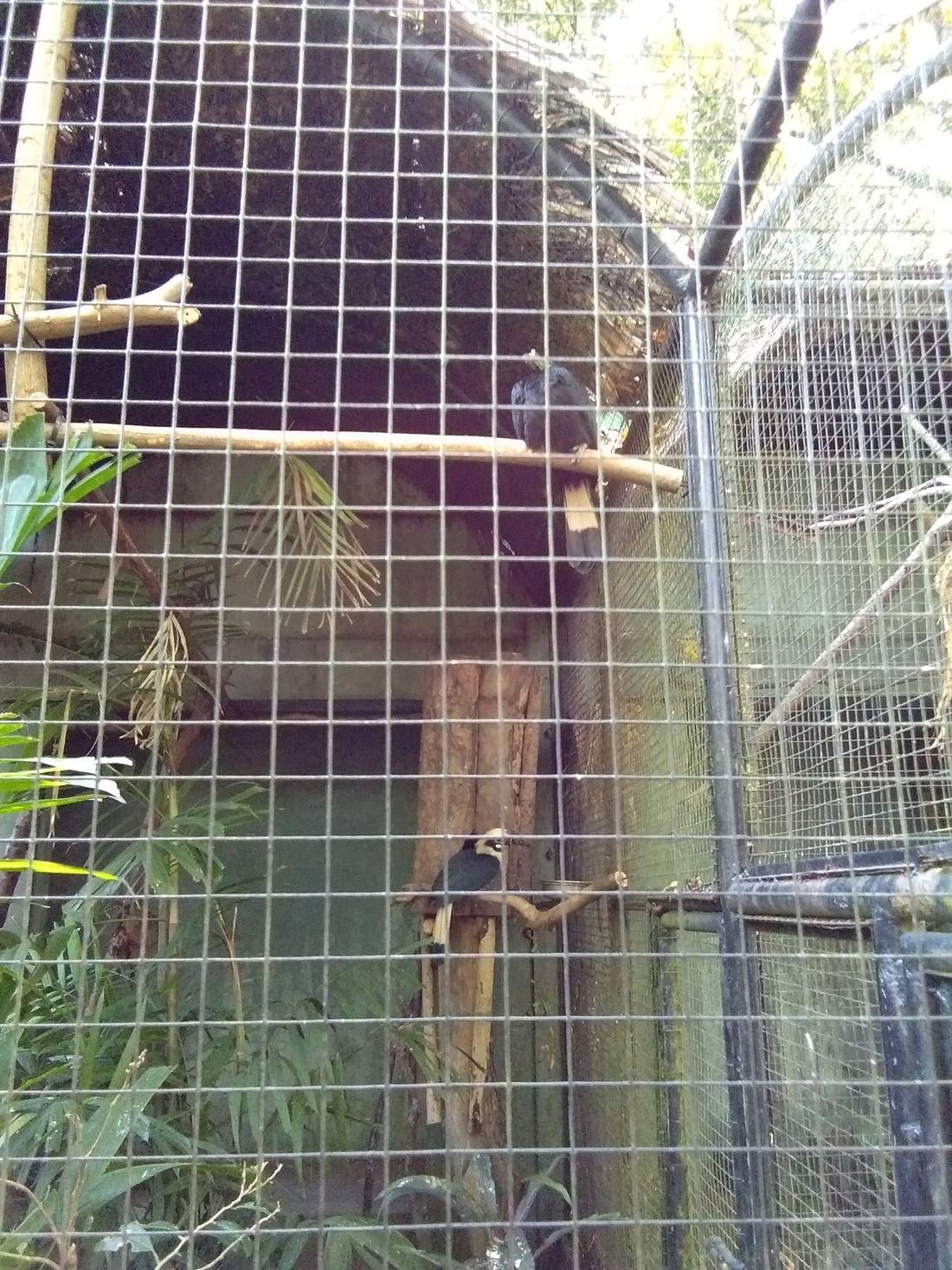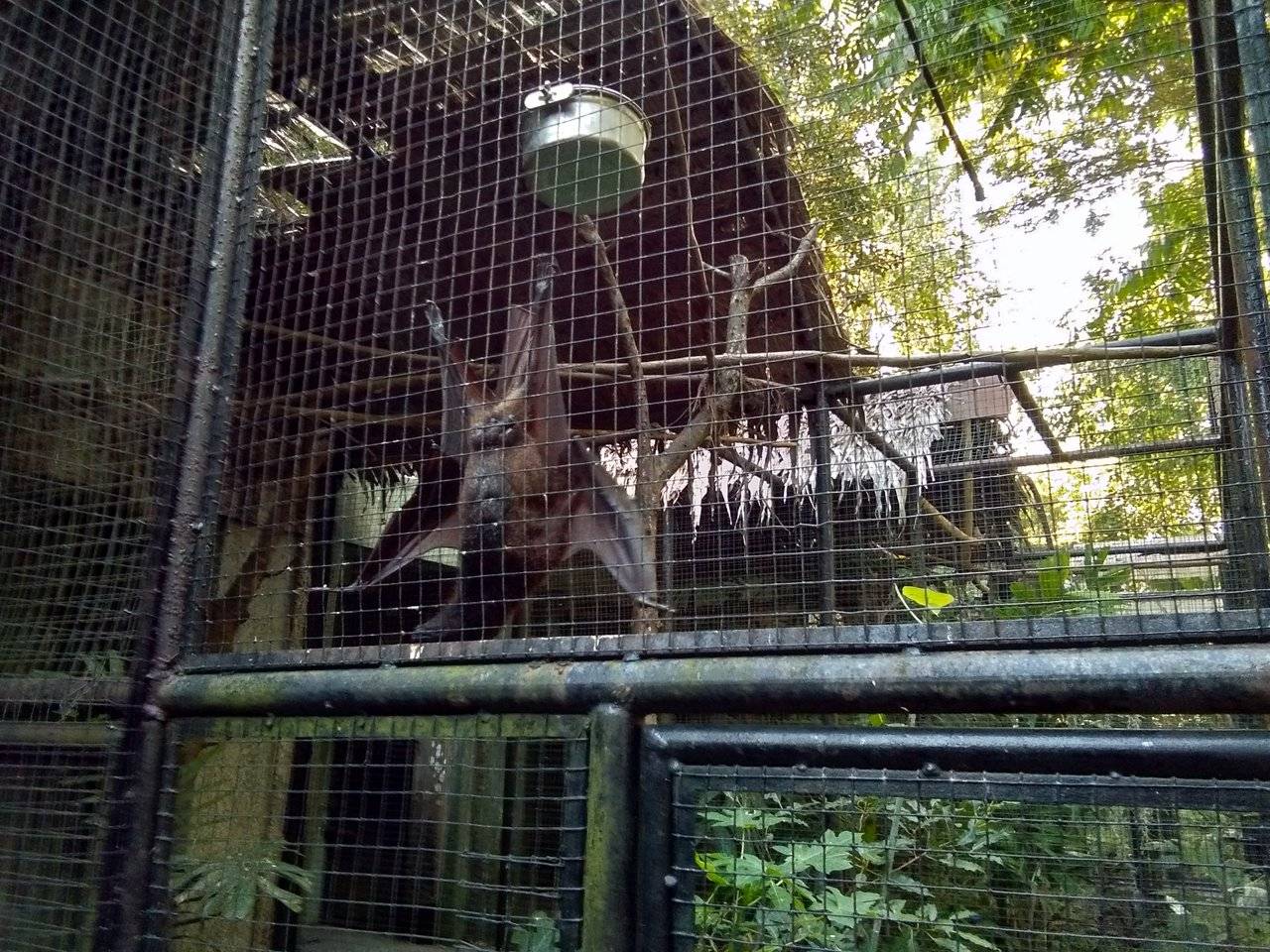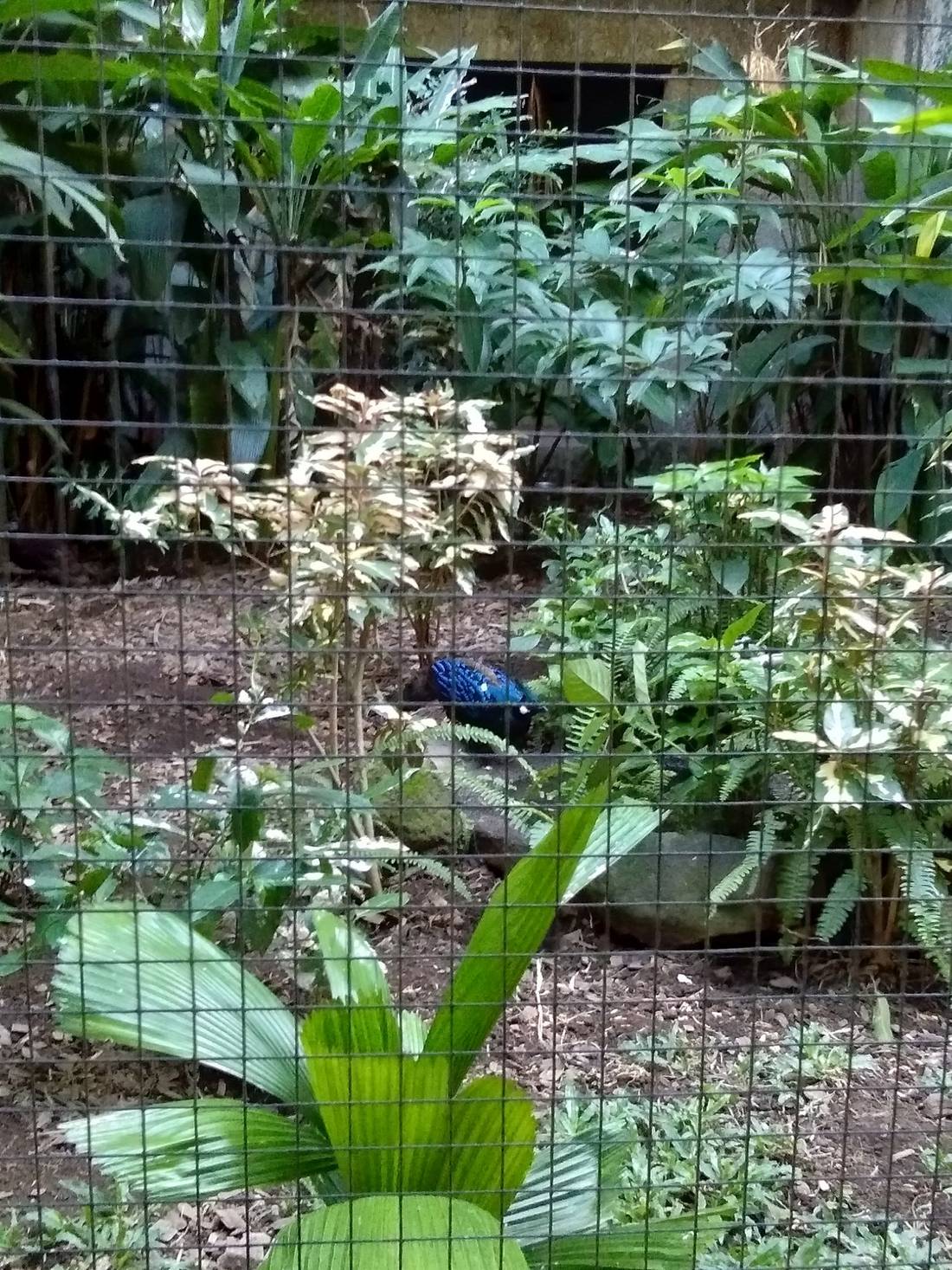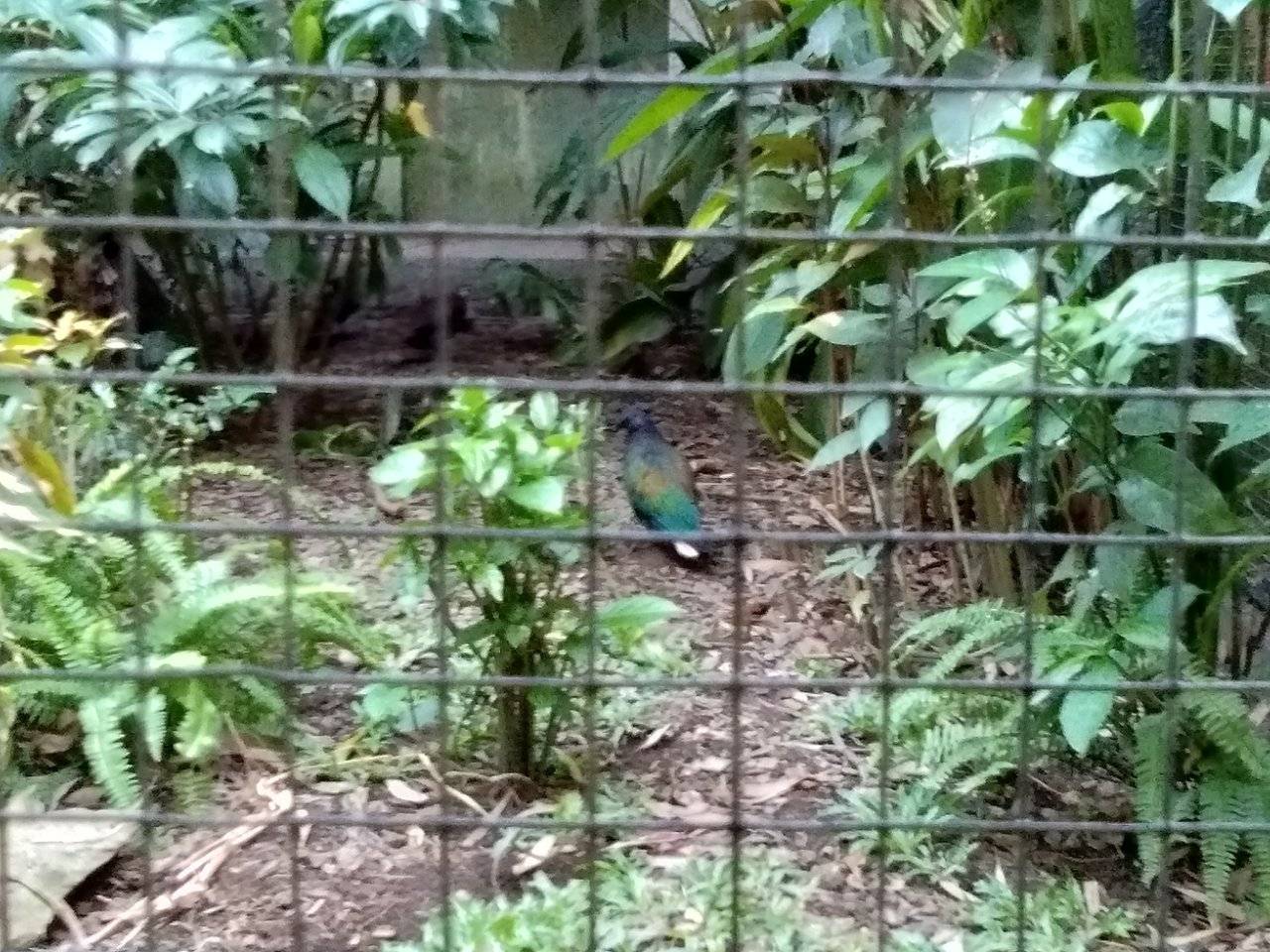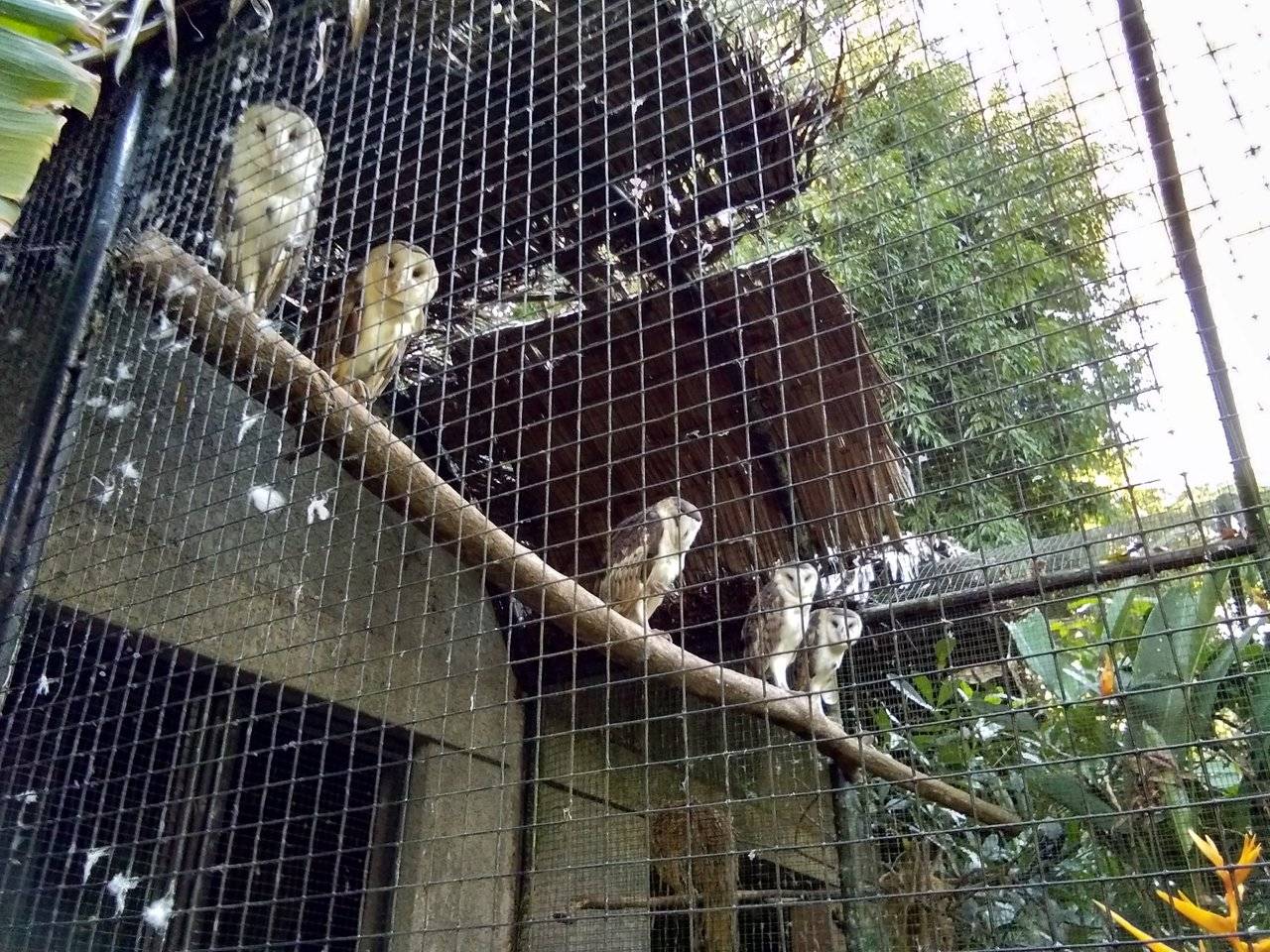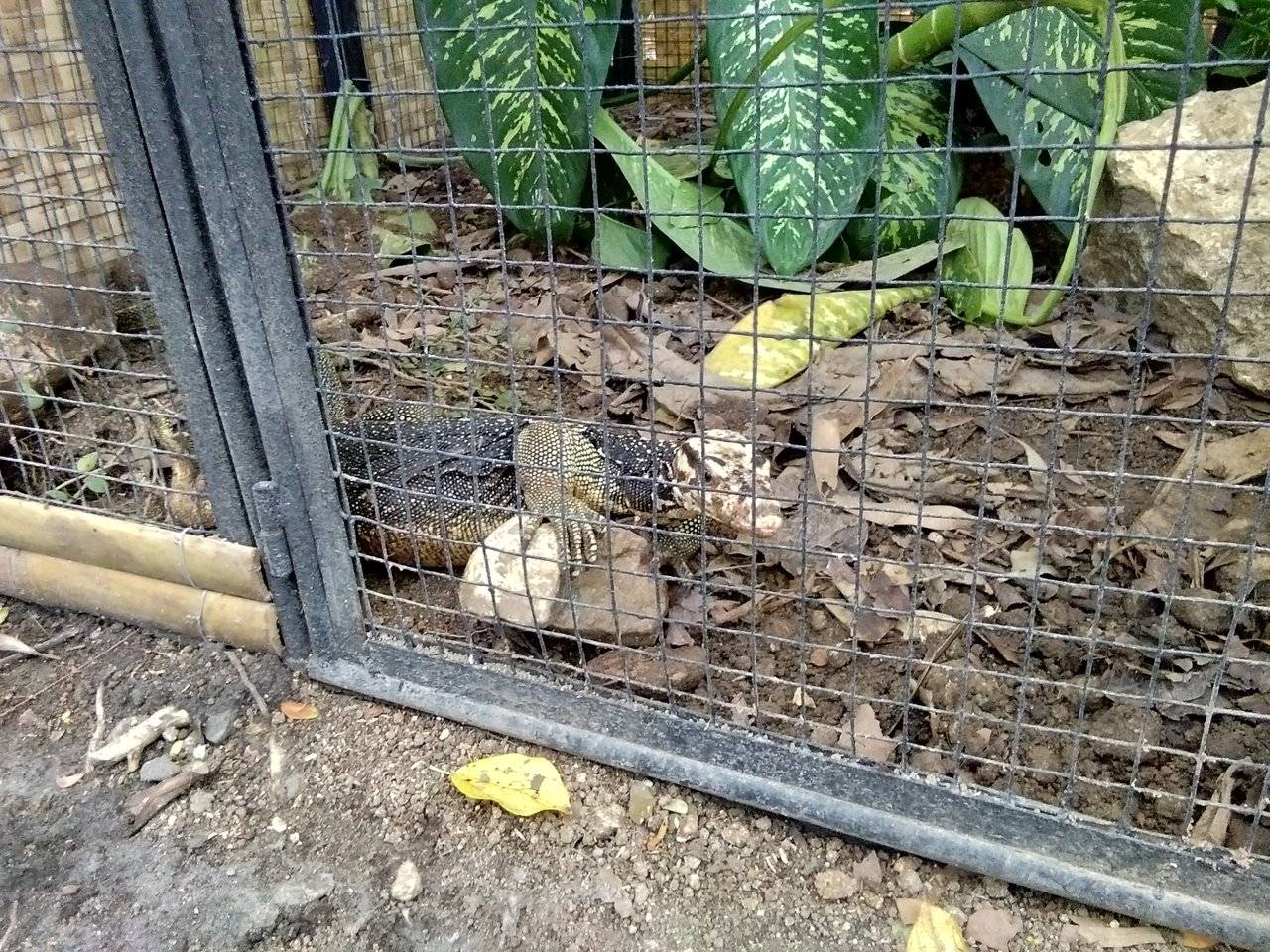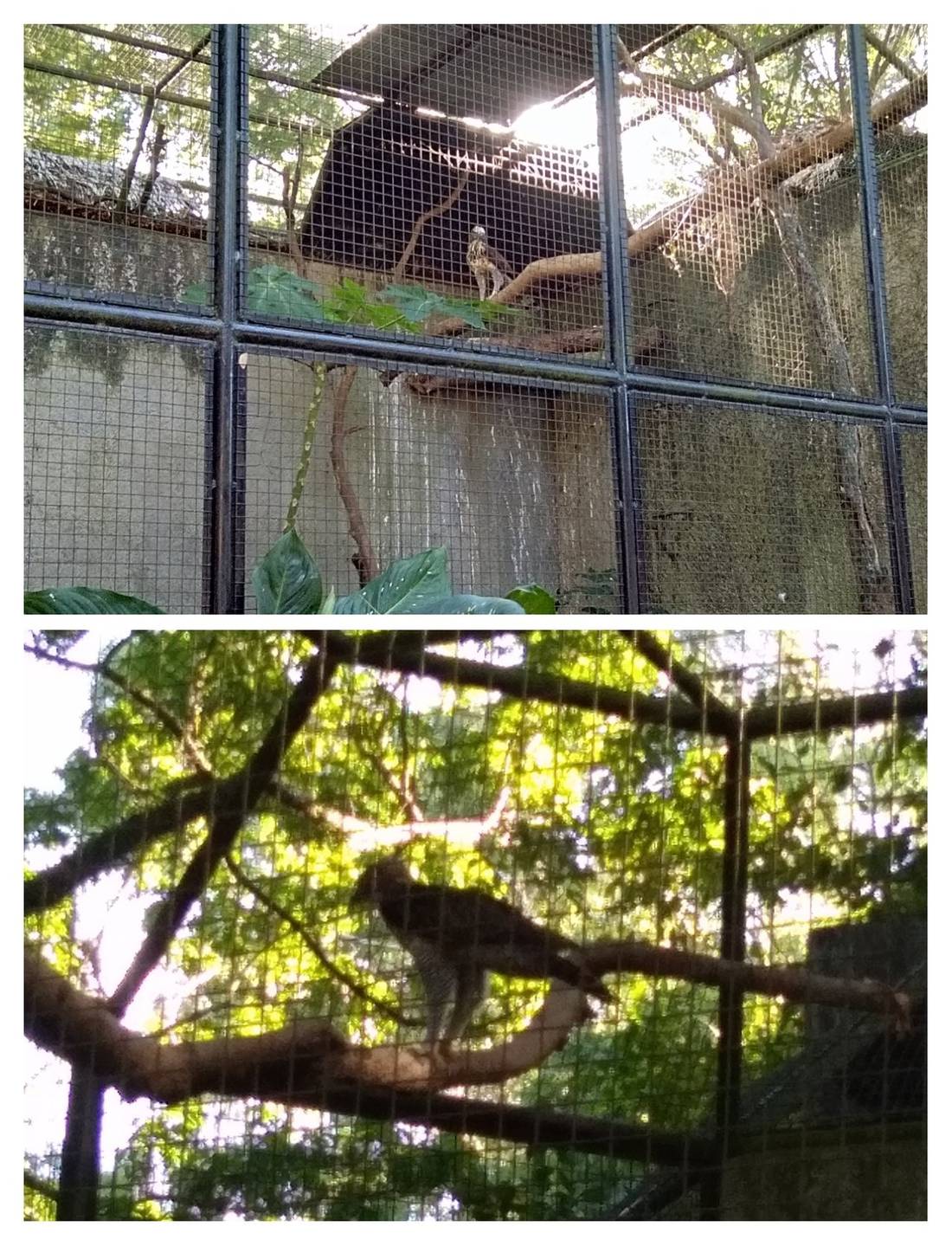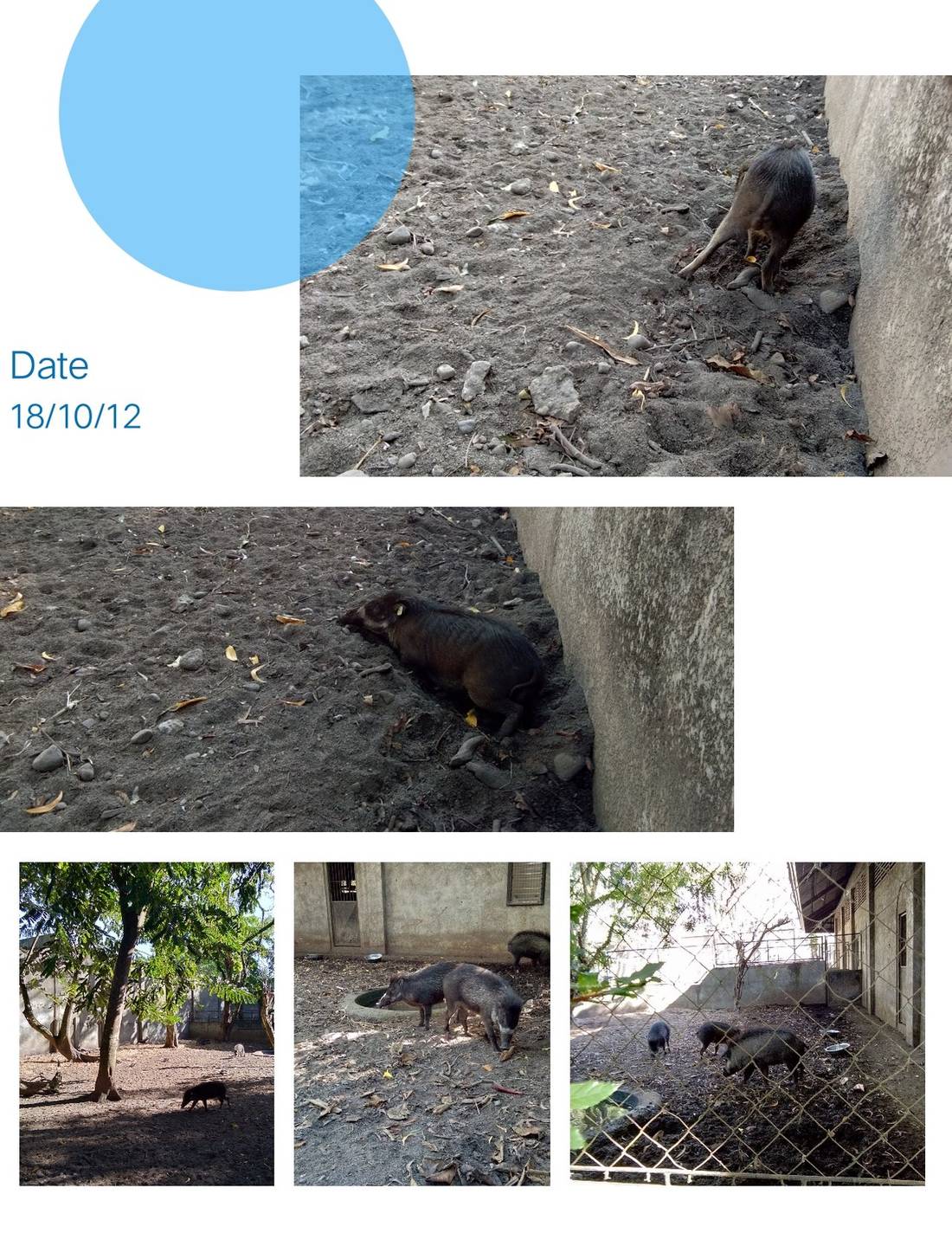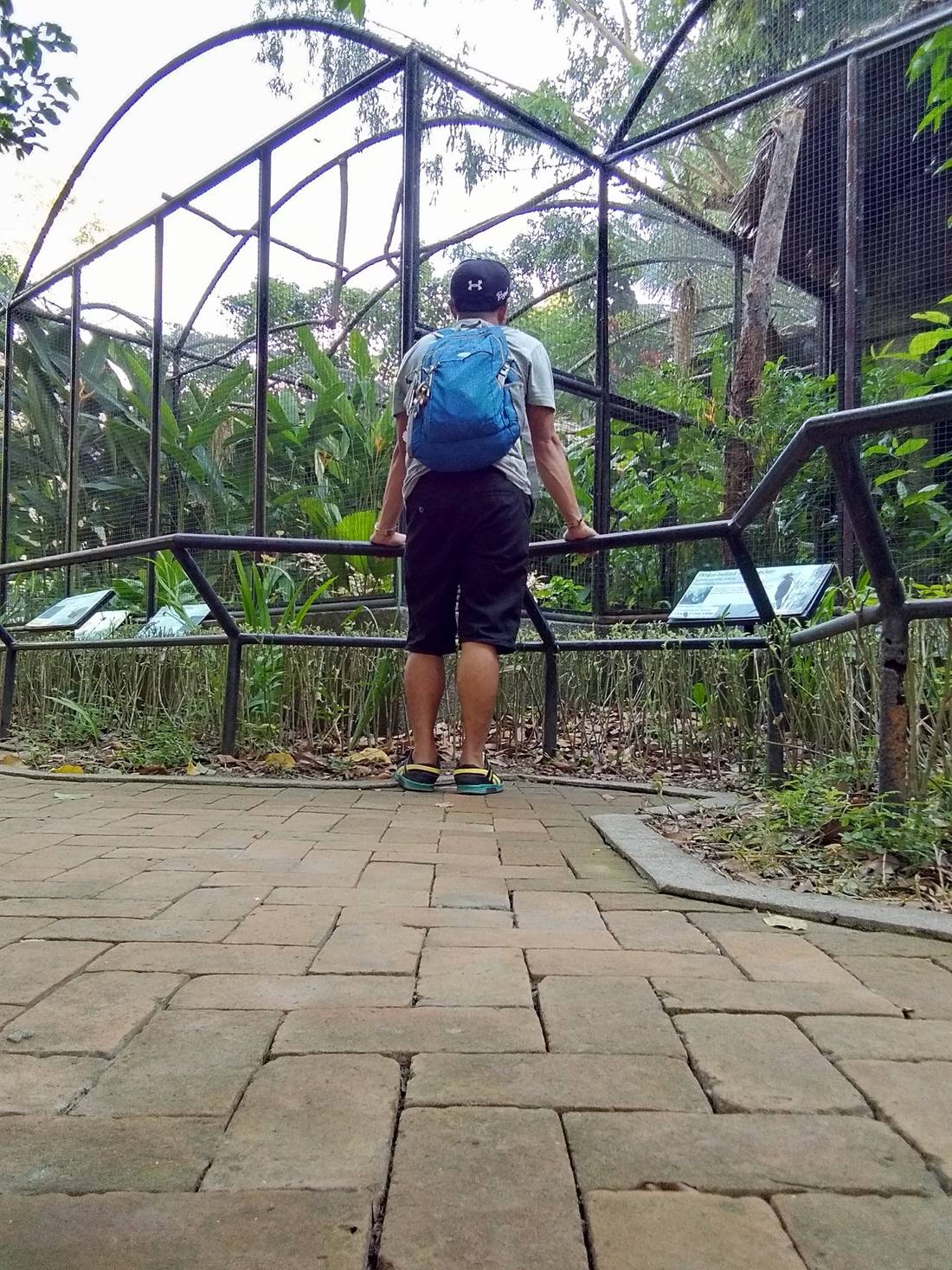NEEFI - BCC is a non-stock, non-profit private organization strongly committed to protect, conserve and preserve the environment and to safeguard the sustainable use of the Island's natural resources. Since 1986, it has channeled its efforts into the restoration of forests, the rescue and captive breeding of endangering species, the creation of wildlife reserves, forest community organization conservation education, alternative livelihood, and sustainable projects.The Biodiversity Conservation Center aims to breed the endangered species under captivity.
ADVOCACY
To educate farmers, students, communities and civic organizations on the importance of preserving our forest and protecting the wildlife that lives there.
MISSION STATEMENT
NFEFI - BCC, believing that a balanced ecosystem ensures a better quality of life, is committed to the conservation and restoration of GOD given resources primarily in the Island of Negros.
PROGRAMS AND SERVICES
- Community Organization and Sustainable Development.
- Habitat Restoration.
- Biodiversity and Conservation Education.
- Wildlife Rescue and Captive Breeding.
- Green Volunteers
TECHNICAL CAPABILITY
NFEFI - BCC has a proof of staff and science advisers from various fields of expertise such as ANR, nursery development, and management for endemic plant species, wildlife management, forest community and cooperative development, sustainable agriculture, and other fields of interest for the attainment of the foundation's mission in Negros Occidental.
As recently as the early 1800s Negros Island was still virgin forest, with barely 30,000 people living on a total land area of 7,926 sq. km. Unfortunately with the combined effects of commercial logging, large-scale agriculture, and rapid population growth, the islandhas only 4% forest left today to sustain the whole ecosystem, including its human inhabitants.
With fewer forest, floods have become a major concern along the cclogged rivers and waterways of the island. With less tress, there are fewer homes and less food for the plants and animals that are found only int his island, resulting in more and more species being placed on the endangered and critical lists. The damage wrought on the land has also affected the treasures of the sea. With more coastal land accretion due to floods and erosion , plant and animal life in the sea have become endangered too.
Sourc e : The Causes and Effects of Deforestation
By : Lawrence R. Heaney c. 1998
NEGROS AN ENDANGERED ISLAND
Little was known about our country's diversity until recent studies on Philippine Flora and fauna revealed its tremendous wealth. Unknown to most Filipinos, the Philippines is one of the ten most biologically diverse countries in the world.
The forest of the Philippines contains over 15,000 plants species, representing 5% of the total number recorded the world over. More than 510 species of land mammals, birds, reptiles, and amphibians exist only in the Philippines.
The Philippines seas host more than 2,000 species of fish and 488 out of 500 known coral species are found in our territorial water. 6 out of the 8 species of sea turtles and at least 23 species of marine mammals.
Since last 3 decades, scientists have been coming to Negros to help in the study of our rich biodiversity. They marveled at the natural wealth of our Island, but surveys in the last decade revealed a horror story.
Negros and its related major islands ( Panay, Guimaras, Cebu, and Masbate ) which collectively comprise the " West Visayas Faunal Region ", has by far the worst rate and extent of habitat destruction, the weakest protected areas system and the highest concentrations of severely threatened endemic species than any other country in the world. Our Visayan Spotted Deer, Visayan Warty Pig, Visayan Hornbills, Negros Bleeding Heart, and most of our unique ( endemic ) species are amongst the most endangered of their kind in the world.
The provincial government of Negros supports environmental projects, however, government alone can not reserve our direct ecological trend; neither can NGOs. We need a partnership that will involve YOU, civic organizations, schools, and responsible business. We have to move fast to create real alternatives for people if we are to relieve the growing pressure on the environment.
Here at NFEFI-BCC, we have a conservation program, the restoration of our forests, the rescue and captive breeding of endangered species, the creation of wildlife reserves, forest community organizations, alternative livelihood, and sustainable development. With our commitment and involvement, we are certain that there may hope to end this nightmare.
GET INVOLVED! Visit the NFEFI Office and make a tangible contribution to our environment by getting involved in its different projects.
Blue-crowned Racket-tail Parrot
Racket-tail Parrots are very vocal birds. They have 2 distinctive tail features in the shape of rackets. Not much is known about their population, but they are observed to occupy primary and secondary forests up to 1750 m.
Conservation Status: LEAST CONCERN
Blue-naped Parrot ( Pikoy )
The species is found throughout the Philippines, however, habitat loss and poaching have made them rare on most islands except Mindoro and Palawan. They usually occur in flocks in secondary forests, and in plantations. They feed on fruits, seeds, nuts, and grains.
Conservation Status: NEAR THREATENED
Philippine Cockatoo ( katala or kalangay )
This Cockatoo used to be found all over the Philippines, but, most of its remaining population is now confined to Palawan. Perhaps the most threatened species in the country, with nearly every known nest robbed, hatching and adult individuals are collected to supply the illegal pet trade, both locally, and internationally.
Conservation Status: CRITICALLY ENDANGERED
Philippine Doves and Pigeons
Doves and Pigeons belong to the same bird family Columbidae. They primarily feed on seeds and fruits. They are becoming more difficult to find in the Philippines due to hunting and habitat loss.
Visayan Tarictic Hornbill ( Tularik )
In the 19th century, this hornbill was widespread in Panay, Guimaras, Negros, and Masbate. Today, few in Negros and increasingly rare in Masbate.
Conservation Status: ENDANGERED
Large Flying Fox ( Kabog )
This species generally ranges through much of continental and insular Southeast Asia. In the Philippines, this species formerly occurred in many large colonies, but these are now greatly reduced in size and number, with the largest colony found in Subic's protected forest regeneration as they help pollinate flowers and disperse seeds.
Conservation Status : NEAR THREATENED
Palawan Peacock Pheasant ( Tandikan )
The Palawan peacock-pheasant is endemic to Palawan and featured in the culture of the indigenous peoples of Palawan.
Peacock-pheasants are highly invertivorous, taking isopods, earwigs, insect larvae, mollusks, centipedes and termites as well as small frogs, drupes, seeds, and berries.
Conservation Status : VULNERABLE
Coleto ( songku langit, sal-ing )
This species is endemic to the Philippines, Distinctive grey-and black sturnid with bare skin covering most of the face from the base of the bill back to the side of nape, ear-coverts, and cheek, and to top of the head. Diet includes fruits, insects and flower nectar.
Conservation Status : LEAST CONCERN
Negros Bleeding Herat Pigeon ( badlitan )
This pigeon is a ground-dwelling bird. It prefers closed-canopy forests from 300 - 1000m. They have been recorded to breed between March to June with their chicks fledging only after 12 days.
Conservation Status: CRITICALLY ENDANGERED
Philippine Spotted Deer ( Usa )
The female spotted deer reaches sexual maturity under 2 years of age. It is possible for a female to end up having 2 calves within a year since the gestation period is only 7 months. Fawns are usually weaned at 6 months of age, but some mothers allow them to stay until fully mature.
Conservation Status: ENDANGERED
Philippine Eagle Owl ( bukaw, kwago )
The Large owl is endemic o the Philippines, where it is found in Luzon, Catanduanes, Samar, Leyte, Bohol, Mindanao, and possibly Sibuyan. This species lives in lowland forests and due to widespread deforestation, their numbers have declined rapidly.
Conservation Status : VULNERABLE
Yellow-headed Monitor Lizard ( Halo )
This species is endemic to the Philippines and so far found only in Samar, Leyte, and Bohol. It feels on birds, fish, mammals, and many times are scavengers feeding on decaying animals. The species thrives in forest and water margins in tropical refuges.
Ready to Blog & Earn?
With TravelFeed, easily start your own travel blog and earn as you go. It's the smart platform for travelers who want to profit from their passion. Create a free account
Conservation Status: NOT ASSESSED
South Philippine Hawk Eagle ( Agila )*
This species is a medium-sized eagle with a notable long black crest. They are still seen in Mindanao, but have become very rare on Negros and probably already extinct on some smaller islands within its former range. Populations continue to decline due to habitat loss.
Conservation Status: ENDANGERED
Visayan Warty Pig ( baboy talunon )
This species is now extinct in three of the six islands where they were known to occur, namely in Cebu, Guimaras, and Ticao. In Masbate, the last confirmed sighting was in 1993. They now only survive on Negros and Panay Islands.
They are now classified as Critically Endangered, with a population decline of more than 80% over a period of three generations, mainly caused by habitat loss, hunting, and hybridization.
Conservation Status: CRITICALLY ENDANGERED

Don't Forget: Get Travel Health Insurance!
To make your trip a worry-free experience, TravelFeed recommends SafetyWing Nomad Insurance. It provides comprehensive health coverage while you travel, so you can focus on exploring, not the unexpected. Get a quote here
SOME RULES BEFORE YOU ENTER
- STEP ON THE FOOTBATH
- STAY ON THE PATHWAYS
- DO NOT FEED THE ANIMALS
- DO NOT TOUCH THE WIRES
- DO NOT TEASE THE ANIMALS
- THROW GARBAGE IN GARBAGE BINS
- MINIMISE NOISE
- STRICTLY NO SMOKING
The Negros Forest & Ecological Foundation, Inc. Biodiversity Conservation Center is located beside the Capitol Park and Lagoon, Bacolod City, Negros Occidental. Entrance fee is 100.00 pesos per person for adult and 50.00 pesos per person for student/children/senior citizen. Upon entering the Conservation Center go directly to the office where the information desk is available for issuance of the ticket. Then kindly follow the rules and policies implemented for visitors to protect the animals inside the center. Which some of them are under rehabilitation or rescued from hunting.
Thank you for taking time reading my content as I exert too much effort on this one even though I am suffering from Acute Conjunctivitis ( Soreeyes ). I went outside just to make a content to be more active after a couple of weeks that I am busy with my work. Thank you fellow steemians!!
All the images are originally taken using my Vivo mobile phone
Just leave your comments, upvote , and resteem Thank you for visiting!!
Travel Resources
Recommended by TravelFeed
Flights: We recommend checking Kiwi.com to find the best and cheapest flights .
Accomodation: Find great stays on Booking.com, Agoda and Hostelworld.
Travel Insurance: Medical emergencies abroad can be pricey, but travel health insurance is not. We always use SafetyWing for affordable and reliable coverage.
Car Rental: For hassle-free car hiring, DiscoverCars is our trusted choice with a wide selection of vehicles.
Internet: Got an eSIM compatible phone? Airalo is perfect for reliable internet access during your trip. Just install it before you go, and you're set!
Day Trips & Tours: We recommend GetYourGuide for a variety of well-organized and enjoyable activities.
Travel Planner: Need a hand planning? Our free travel planner chatbot is your personal guide. Chat now.
Disclosure: Posts on TravelFeed may contain affiliate links. See affiliate disclosure.
